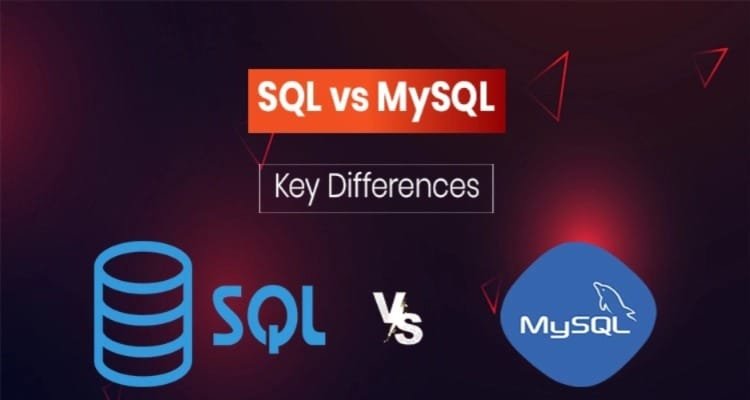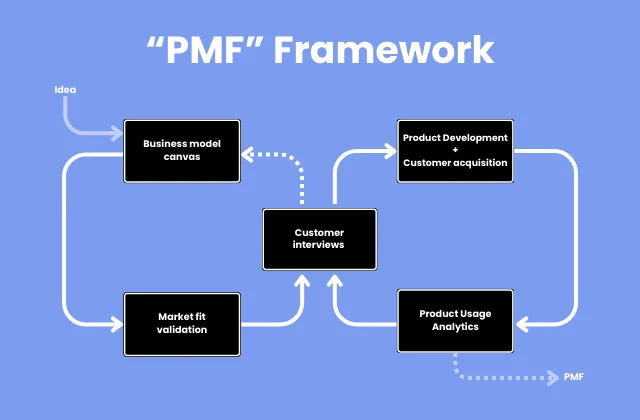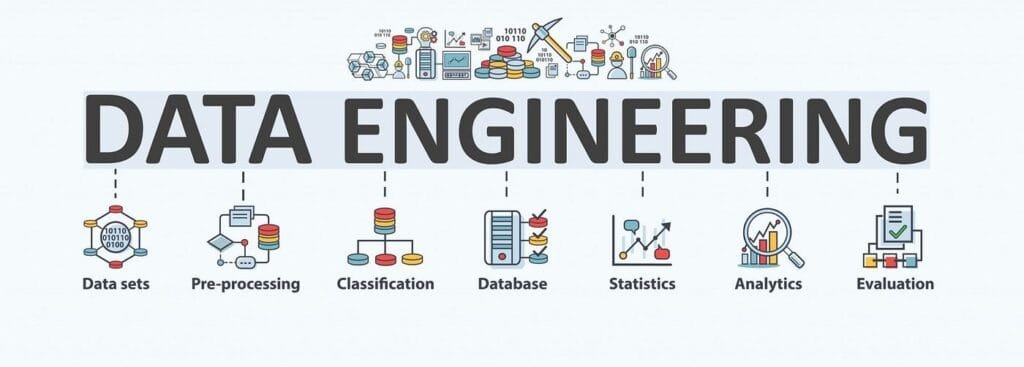MariaDB vs MySQL: A Brief Analysis of Database Technologies

What is MariaDB?
MariaDB is a fork of the original RDBMS (Relational Database Management System), MySQL created by the developers of MySQL and was released in October 2009. It is also an RDBMS and offers data processing features for all types of tasks, including small and enterprise tasks. The main goal to create MariaDB was to ensure that the MySQL codebase could be free for all. It is an improved version of MySQL and was designed to incorporate features like security and performance that were not previously available in the original MySQL.
What is MySQL?
MySQL is the most popular and the first open-source RDBMS available on the market. Today, despite having many alternatives to MySQL, it has still managed to keep its reputation in the market, because of its 26 years of experience. An important point to note is that all the variations of MySQL have a similar syntax to MySQL, which means that MySQL provided the foundation for all these variations.
MySQL was developed in the mid-’90s and was originally designed to keep data organized and used SQL (Structured Query Language) to query all the records in the Database. It is used with the combination of PHP and Apache Web Server that are above a Linux distribution.
In today’s dynamic data world, there are a variety of databases and we can select the one that suits our requirements and we need the most. Therefore, it’s important to not just understand the databases but also understand the key differences between those.
What is common in MariaDB and MySQL?
MySQL & MariaDB, to their core, are relational databases; hence few functionalities are similar. A few of these similarities are mentioned below:
- The information is stored, in an organized manner, on tables that hold records with the number of fields fixed.
- The SQL language is the standard operating language used in both software to manipulate and query information accordingly.
- In contrast to what we see happening in a non-relational database, here, the relationships between the tables, and other entities are known to the database.
The whole point of MariaDB’s fork of MySQL was to secure the future access to MySQL and its further development. This is why MariaDB was conceived as a full binary replacement — a “drop-in” replacement, so to say — enabling all users of MySQL to exchange one for the other on their systems.
MySQL is a client-server application, and both its server program mysqld, its client mysql, and auxiliary programs, like mysqldump, retain the same name with MariaDB.
Replacing MySQL with MariaDB becomes a seamless process for most applications and purposes, especially WordPress. Existing software, from popular CMS tools to apps like phpMyAdmin, just work out of the box, and actual data can be exported/imported from one into another without any changes.
Factors that make MariaDB and MySQL different?
Performance Comparison
MariaDB has several optimizations that tend to improve the performance as compared to MySQL. In general, when it comes to MySQL vs MariaDB performance, the latter is clearly better, as we will see below.
Database Views
There is a huge performance optimization with respect to database “views”. “Views” are essentially virtual database tables that can be queried like regular tables of the database.
In MySQL, when you query a view, all tables that are connected to the view are queried, irrespective of the fact that the query may not require some of them. This has been optimized in MariaDB where queries target only those tables that are required.
ColumnStore
MariaDB provides yet another powerful performance improvement in the form of “ColumnStore” which is a distributed data architecture that allows the scaling of MariaDB greatly. It can scale linearly to store petabytes of data across various servers in a database cluster.
Better Performance in Flash Storage
MariaDB also provides a MyRocks storage engine that adds the RocksDB database to it. RocksDB is a database that has been designed for better performance in flash storage by providing a higher level of data compression.
Segmented Key Cache
MariaDB introduces another performance improvement in the form of Segmented Key Cache. In a typical cache, various threads compete to take a lock over the cached entry. These locks are called mutexes. When multiple threads are competing for a mutex, only one of them is able to get it while others have to wait for the lock to get freed before performing the operation. This leads to execution delays in these threads slowing down the database performance.
In the case of Segmented Key Cache, the thread need not lock the entire page, but it can lock only the particular segment to which the page belongs. This helps multiple threads to work in parallel thereby increasing the parallelism in the application leading to better performance of the database.
Virtual Columns
Another interesting feature of MariaDB is that it supports virtual columns. These columns are capable of performing the calculations at the database level. This is extremely useful when many applications are accessing the same column so there is no need to write the calculation in each application. This feature isn’t available in MySQL.
Parallel Execution of Queries
MariaDB v10.0 and above allows for parallel execution of several queries. The idea is that some queries from the master can be replicated in the slave and can therefore be executed in parallel. This parallelism in query execution certainly provides MariaDB an edge over MySQL.
Thread Pooling
MariaDB also introduces a new concept called “Thread Pooling”. Previously, when multiple connections to a database were needed, for each connection, a thread was opened leading to a “one thread per connection” based architecture.
With “Thread Pooling”, there are pools of open threads that a new connection can pick up and query the database. This way, a new thread need not be opened for every new connection request leading to faster query results. This feature is available in the enterprise edition of MySQL, but not in the community edition.
Storage Engines
MariaDB provides several powerful storage engines out-of-the-box which are not available in MySQL. For example, XtraDB, Aria, etc. To set up these storage engines for MySQL, you need to install them manually which may not be the most convenient process.
Compatibility
MariaDB team is making sure that MariaDB can seamlessly replace MySQL in existing applications. In fact, for each version of MySQL, they release the same version number of MariaDB to indicate that MariaDB is generally compatible with the corresponding MySQL version. This opens up the possibility of switching to MariaDB seamlessly without any modifications in the application code-base.
Open Source vs Proprietary Database
MySQL is a large project and is managed by one of the largest organizations in the world — Oracle. This has its pros and cons. The upside is that this can mean better security, software stability, and a tailored customer support experience. However, one significant downside is that releasing new features in organizations that big takes a lot of time.
On the other hand, MariaDB is fully open-source and they are quite fast in accepting outside contributions and releasing it as new features and enhancements.
Conclusion
MariaDB is undoubtedly quite powerful and provides many features that are extremely useful and are not supported in MySQL. Such features make MariaDB a lucrative choice to be used as the primary backend database.
MySQL is a great technology to work with because of its experience in the market for over 26 years and also because Oracle Corporation releases updates regularly. In case performance and efficiency are a major requirement, then MariaDB is a better alternative as it is a lightweight version of MySQL and also offers better performance and more features.





